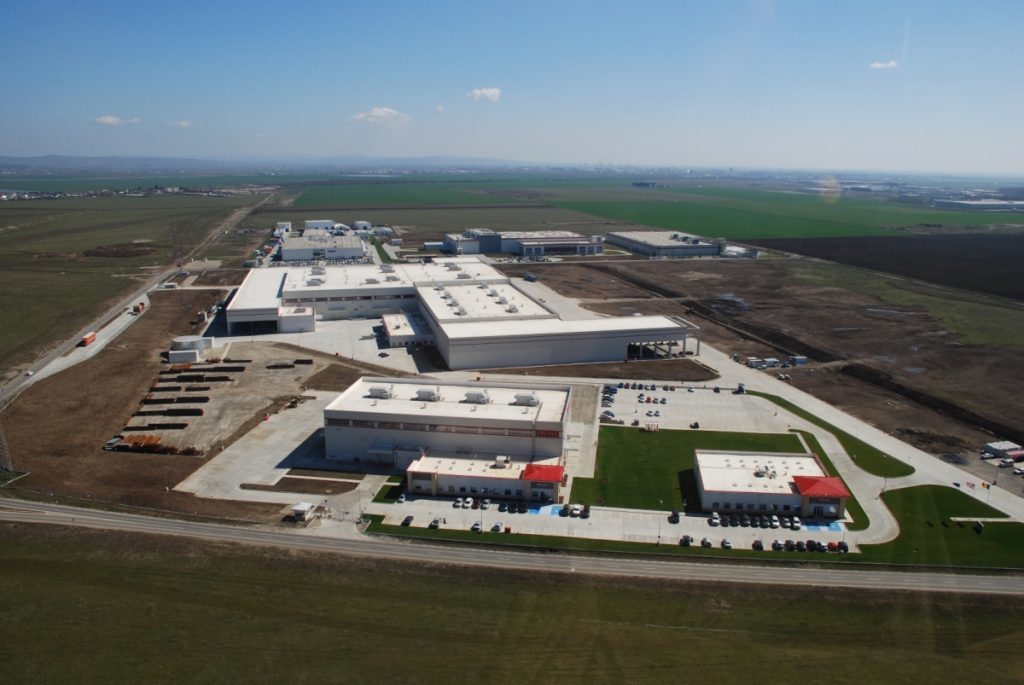EU asked to look into the environmental impact of mineral wool production
Work began this summer on a new Rockwool plant in Romania, just as protests have mounted in the United States over the environmental and health consequences of the production of mineral wool (a widely used material for the insulation of buildings). It seems those concerns are now spreading to Europe, with calls for Brussels to pay closer attention to the health and environmental impact of the production of mineral wool.

The US protests have been in the headlines as local residents oppose the creation of a Rockwool factory in Jefferson County, West Virginia. The local Board of Education has formally asked Rockwool to halt its construction plans until results from an independent Human Health Risk assessment are received. The issue that protestors repeatedly raise is air quality, especially the impact of pollution from the factory upon children’s health. The campaign is led by the rapidly growing Citizens Concerned About Rockwool. In particular, the group focus upon toxic air pollution in an area that has four public schools and two daycare centres within two miles.
“Although their product is arguably efficient and well made, the actual manufacturing process pollutes the air,” Citizens Concerned About Rockwool said in a handout titled Stop Toxic Rockwool. “The use of both coal and slag causes the emissions to be toxic in nature.”
“The facility has been approved for heavy toxic emissions, with two smokestacks about 21 stories high,” the group said. “Emissions are estimated at 470 tons of volatile organic compounds and 239 tons of nitrogen oxides a year. Citizens are also concerned about particulate matter – 134 tons a year – which are linked to all kinds of health issues.” Residents’ concerns do not seem unfounded: the plant is permitted to release a total of 310,291,620 pounds of regulated air pollutants annually. The US concerns have been the subject of a lengthy Forbes article and it appears the battle will go on.
Mineral wool was already making the headlines in Brussels in June 2018, when the focus was on the potential health hazards associated with handling or living with mineral wool. Gary Cartwright published in the news portal EU Today a report on the health hazards of mineral wool and he explains: “Our report in June focused on the risk to human health for those handling, installing or disposing of mineral wool, or those who, like so many of us, simply have it in our homes. But we must also consider the health risks stemming from the manufacture of mineral wool. Residents near plants in the US are right to protest and question. New factories are appearing right here in the European Union. Just this summer a new factory was announced in Ploiesti West Park in southern Romania. Yes, some new jobs will be created, but local people will be looking beyond that to consider the pollution impact on their health and that of their children.”
There will be interesting times ahead as the mineral wool industry faces scrutiny, not only in relation to the safety of the product for those who install it for a living or simply have it in their homes as a form of insulation, but also for those who live in the vicinity of a mineral wool factory, as residents become more and more vocal about the potential hazards to their health from the emissions from mineral wool factories.



